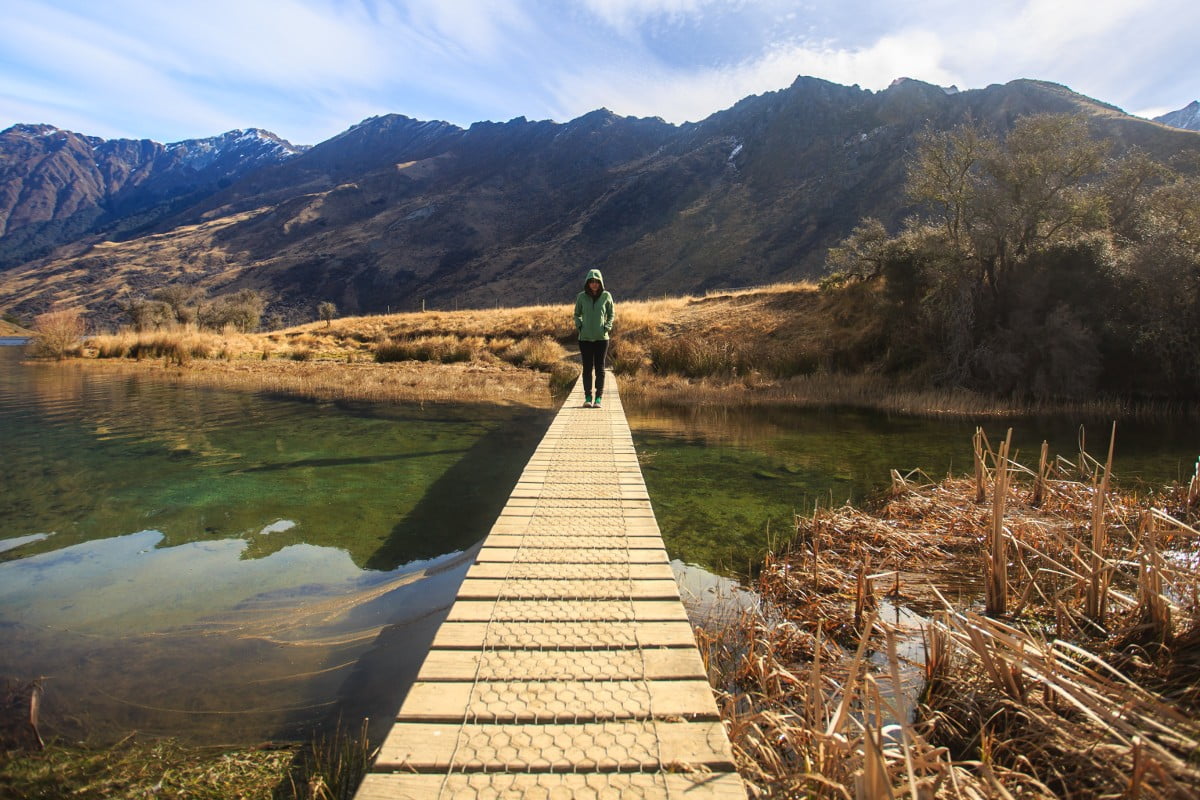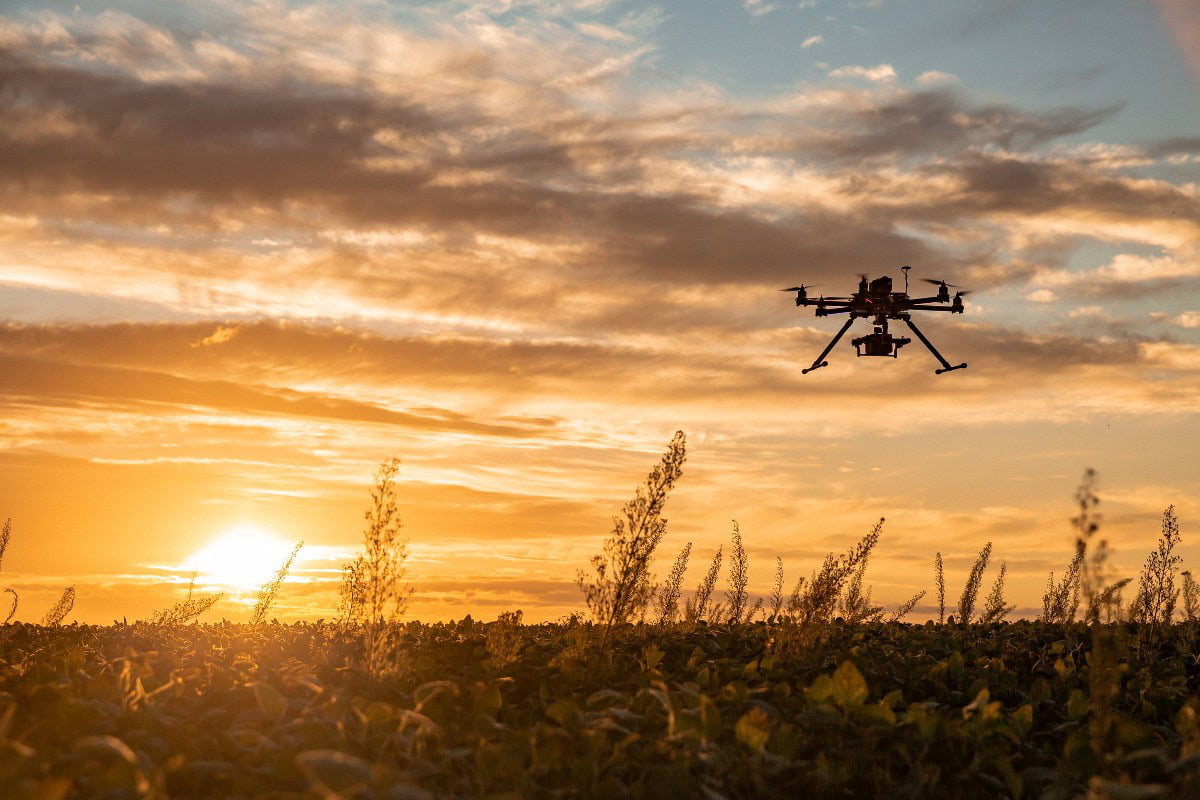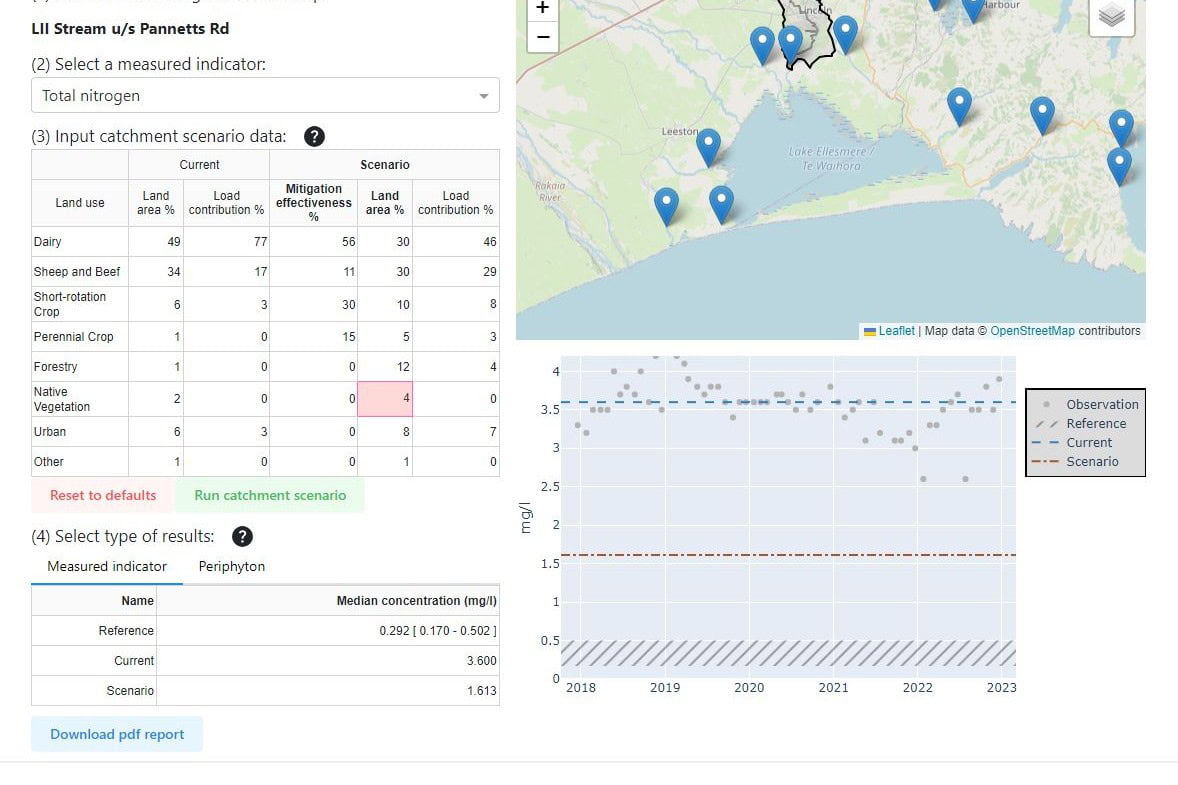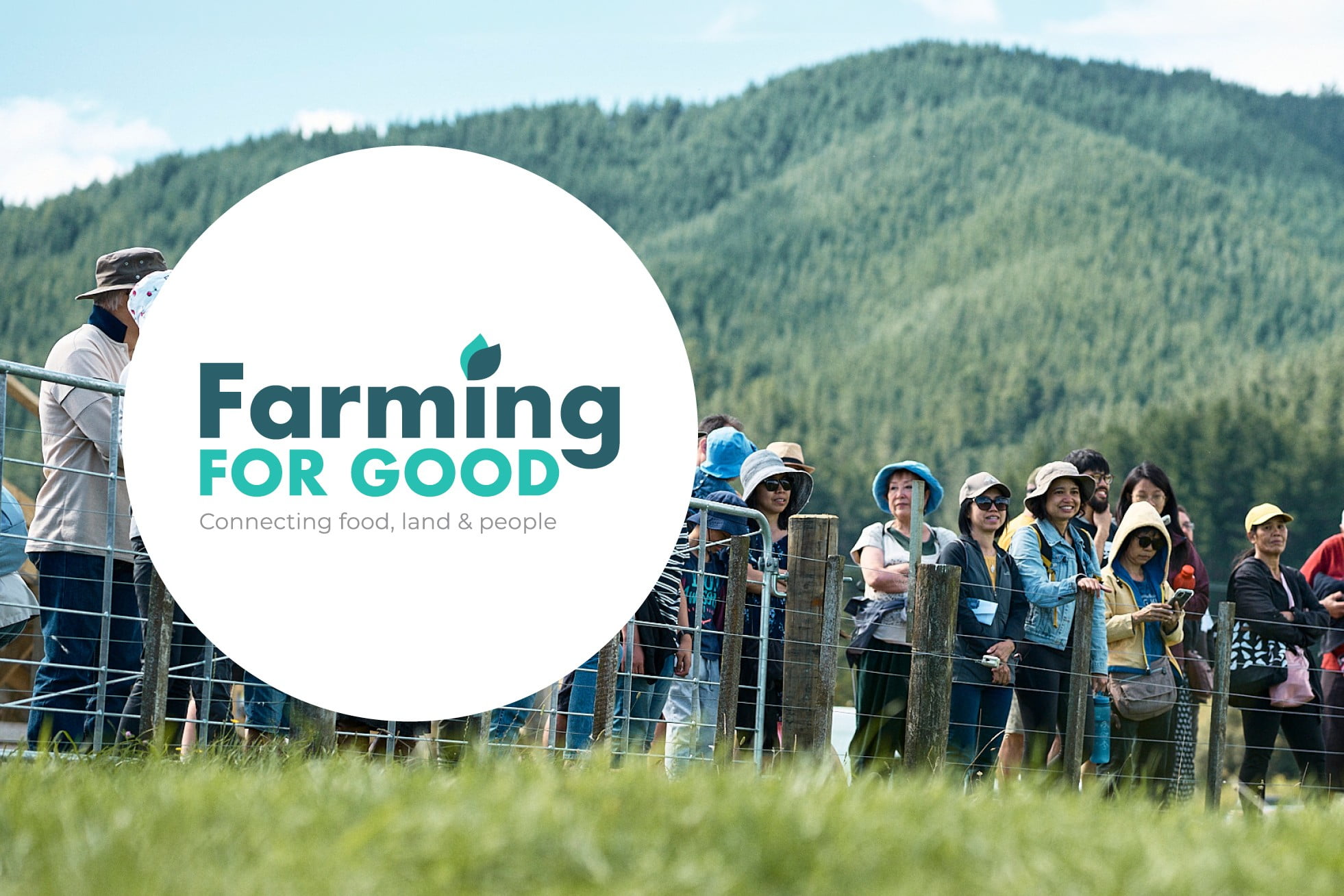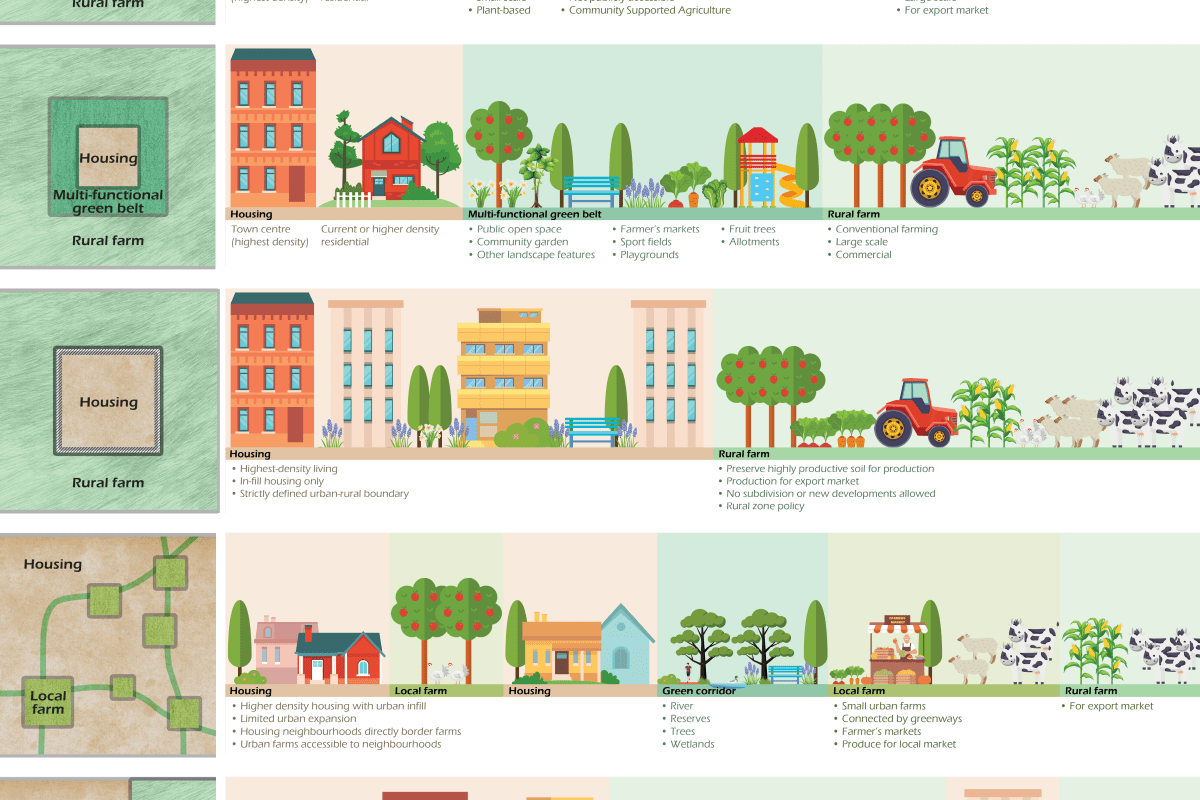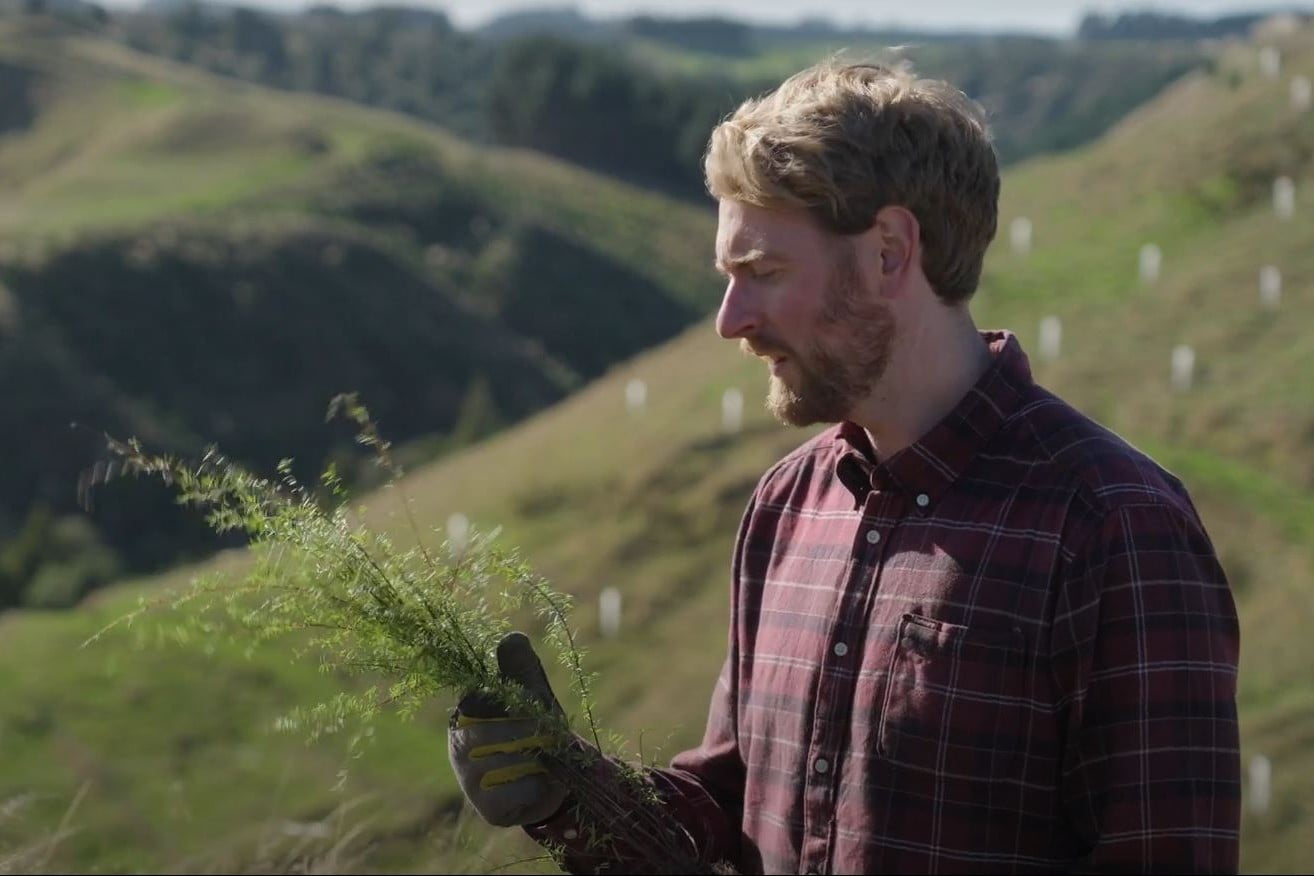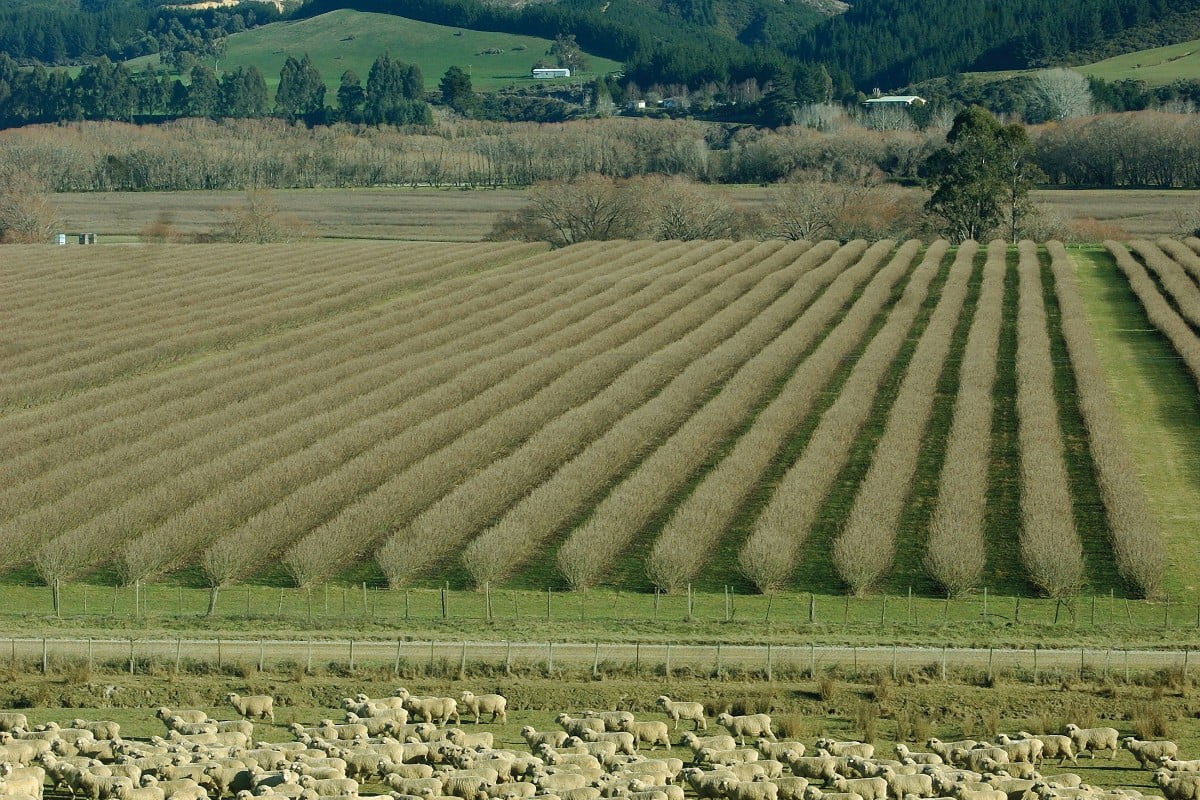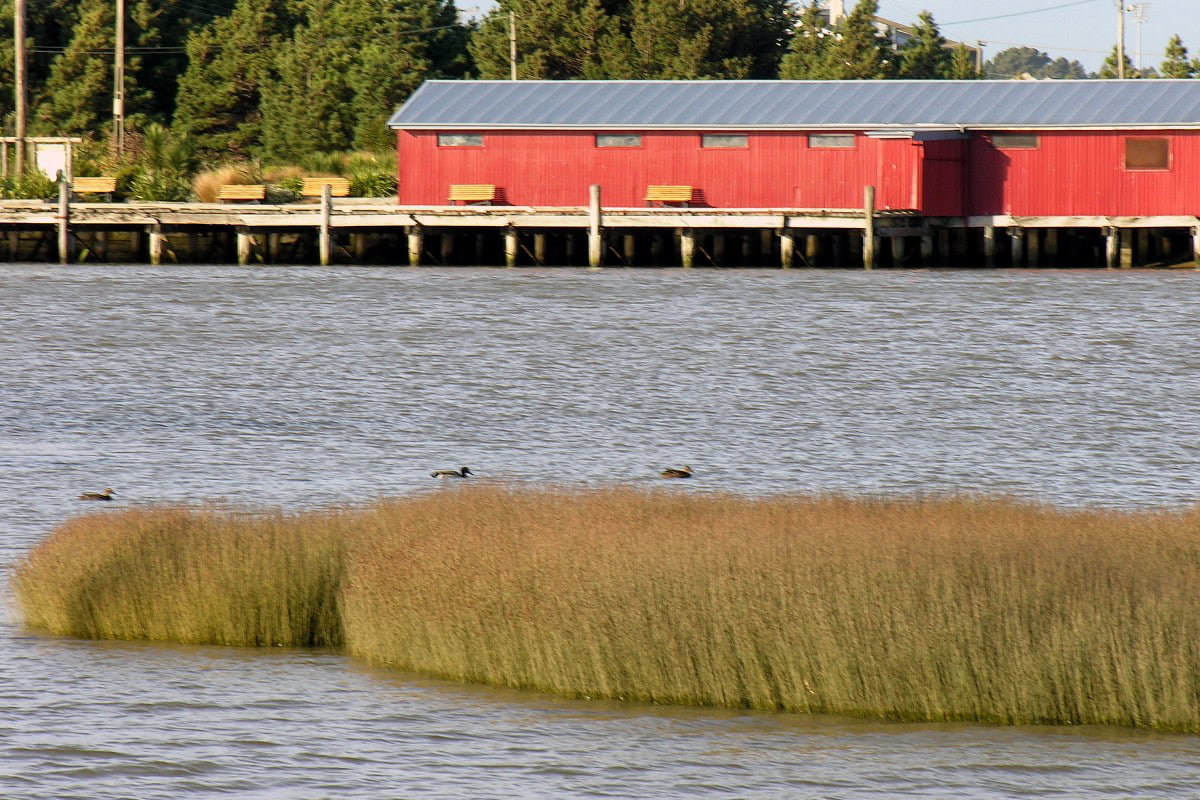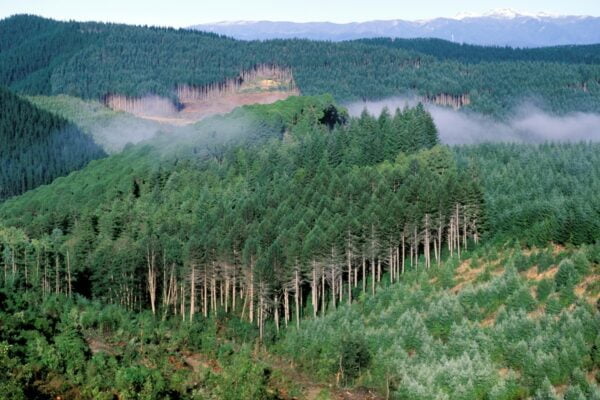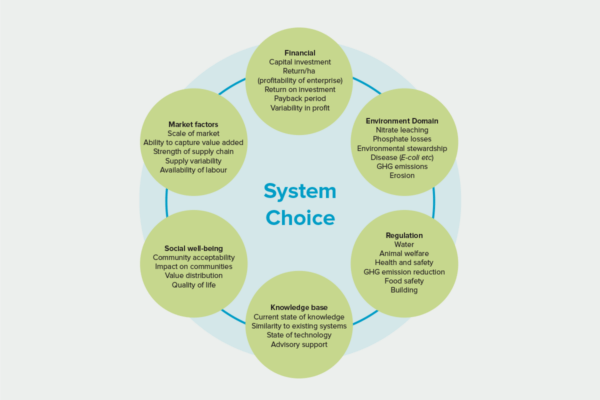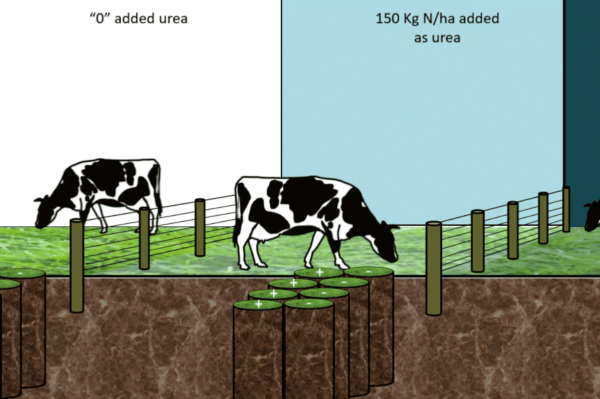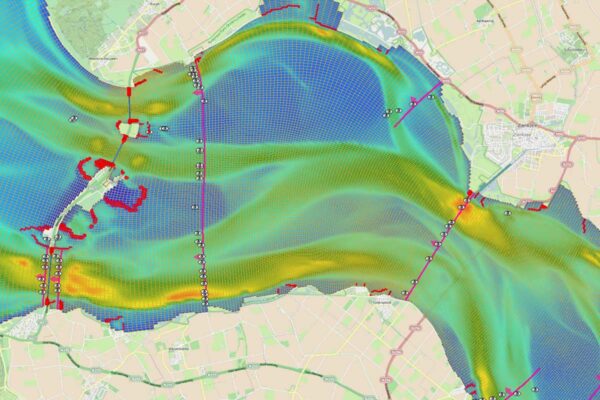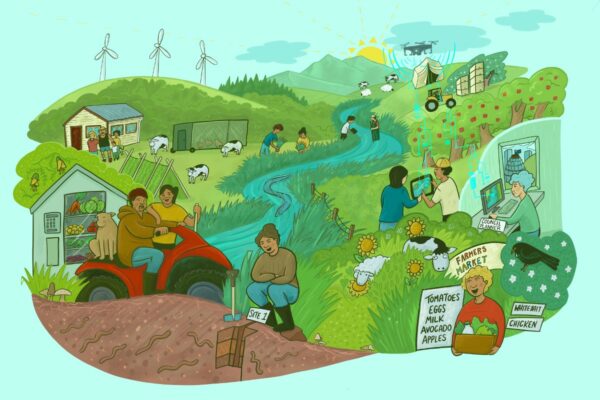Peri-Urban Potential
How can landscapes for both people and production prosper within peri-urban Aotearoa through innovative spatial design, reconnecting New Zealanders with whenua and food?
Project Details Ngā taipitopito
Collaborators Ngā haumi
BECA | Lincoln University
What are we doing?E aha ana mātou?
The productive land surrounding New Zealand cities is increasingly under threat from urban expansion. These peri-urban zones are vitally important to New Zealand’s settlements, communities, ecology, and economies.
The national housing crisis has created a conflict between protecting this land for food production, and removing restrictive barriers to urban growth. This project will investigate innovative land-use possibilities that benefit both people and production within the contentious peri-urban zone.
The research team will adopt bicultural design principles to develop Aotearoa-specific spatial land use typologies for the peri-urban zone that prioritise māra kai and mahinga kai, with the aim of re-connecting whānau, whenua and food.
How can the research be used? Ka pēhea e whai take ai te rangahau?
- This project will develop a set of spatial land-use alternatives specific for the peri-urban zone in Aotearoa New Zealand, based on international and local case studies, and prioritising the landscape principles of māra kai, mahinga kai and maramataka,.
- Embedding mana whenua values into spatial land-use design along the rural to urban continuum will offer new opportunities to both nourish the land and the communities that reside within it. Within the peri-urban zone, this research explores the interconnection between land and life, between production and people, between rural and urban.
- This project will produce a report and a peer-reviewed journal article that promotes healthy outcomes for whenua and whānau in a holistic and integrated way. The findings will be of interest to mana whenua, growers, residents, planners and designers, and territorial authorities, to inform how they approach the unique challenges and opportunities of peri-urban zones in Aotearoa.
 View Our Strategy Document 2019 – 2024
View Our Strategy Document 2019 – 2024
